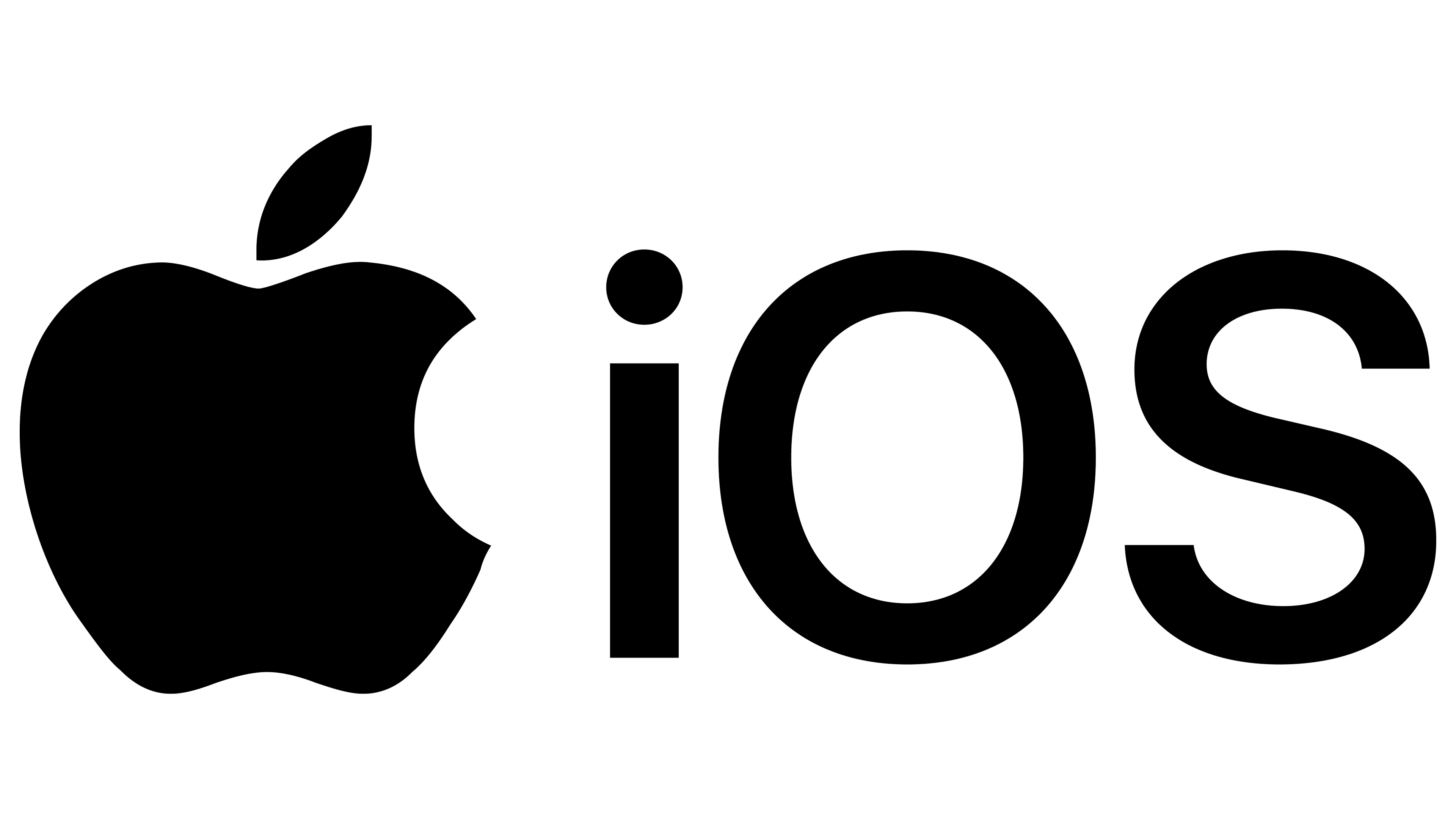
iOS apps are applications designed specifically for Apple's mobile operating system, iOS, which powers devices like iPhones, iPads, and iPod Touches. The App Store is the primary distribution platform for iOS apps, and these apps are known for their high standards of design, security, and user experience. iOS apps can range from simple utilities to sophisticated enterprise solutions and have a reputation for smooth, polished functionality. Here’s a comprehensive breakdown of iOS apps :
- Categories of iOS Apps :
- Social Media and Communication: : iOS apps in this category enable communication, networking, and social interaction. Examples:
- Facebook, Instagram, WhatsApp, Messenger, Twitter.
- Slack, Microsoft Teams (for business communication).
- Productivity and Office Apps : These apps enhance personal and professional productivity, supporting tasks like document creation, calendar management, and collaboration. Examples :
- Microsoft Office Suite (Word, Excel, PowerPoint), Google Docs.
- Evernote, Notion, Trello (task management).
- Entertainment and Media : Entertainment apps on iOS provide music, video streaming, eBooks, and podcasts. Examples :
- Spotify, Apple Music, YouTube.
- Netflix, Hulu, Amazon Prime Video, Disney+.
- Audible, Kindle (for audiobooks and eBooks).
- E-commerce and Shopping : These apps help users shop online, track packages, and manage their purchases. Examples :
- Amazon, eBay, Etsy.
- Instacart, Walmart, Target.
- News and Magazines : These apps help users stay informed with the latest news, articles, and updates. Examples :
- Apple News, BBC News, Flipboard.
- The New York Times, The Guardian.
- Key Features of iOS Apps :
- User Interface (UI) and User Experience (UX) : iOS apps prioritize sleek, intuitive design. The human interface guidelines set by Apple ensure that apps offer a uniform and high-quality experience across different devices.
- Performance Optimization :iOS apps are known for their optimized performance due to the close integration with Apple's hardware, which ensures smooth operation even for resource-intensive apps.
- Security and Privacy : Apple emphasizes privacy and security, and iOS apps adhere to strict guidelines to protect user data. Features such as App Tracking Transparency, data encryption, and secure payment systems (e.g., Apple Pay) are built into the iOS ecosystem.
- App Store Guidelines : All iOS apps must meet Apple's App Store Review Guidelines to ensure they meet high standards for security, functionality, and content. Apple rigorously tests apps for compliance before they are made available on the App Store.
- Types of iOS Apps :
- Native iOS Apps : Native apps are built specifically for iOS using languages like Swift and Objective-C. These apps are installed on the device and have access to all of its features (camera, sensors, GPS, etc.) and provide the best performance and security.
- Web Apps : Web apps are designed to run within the Safari browser on iOS devices. These apps are accessed via a URL and do not require installation. They can be simpler than native apps but have limitations, such as reduced access to device features.
- Hybrid Apps : Hybrid apps are developed using web technologies like HTML, CSS, and JavaScript and are wrapped in a native container (using tools like React Native or Ionic). These apps can be installed on devices like native apps but still rely on a web view for functionality.
- Progressive Web Apps (PWAs) : PWAs offer a hybrid experience, combining the best aspects of web apps and native apps. PWAs can be installed on the home screen, work offline, and send push notifications, but they don’t require downloading from the App Store.
Similar to Android apps, iOS apps can be categorized based on their functionality and purpose. Some common categories include :
iOS apps can be categorized based on how they are built and deployed :